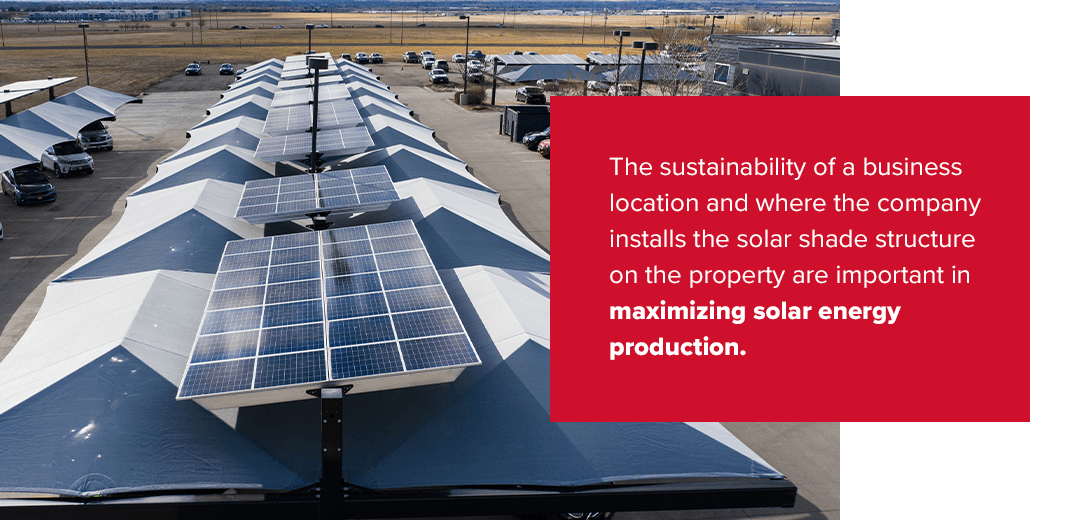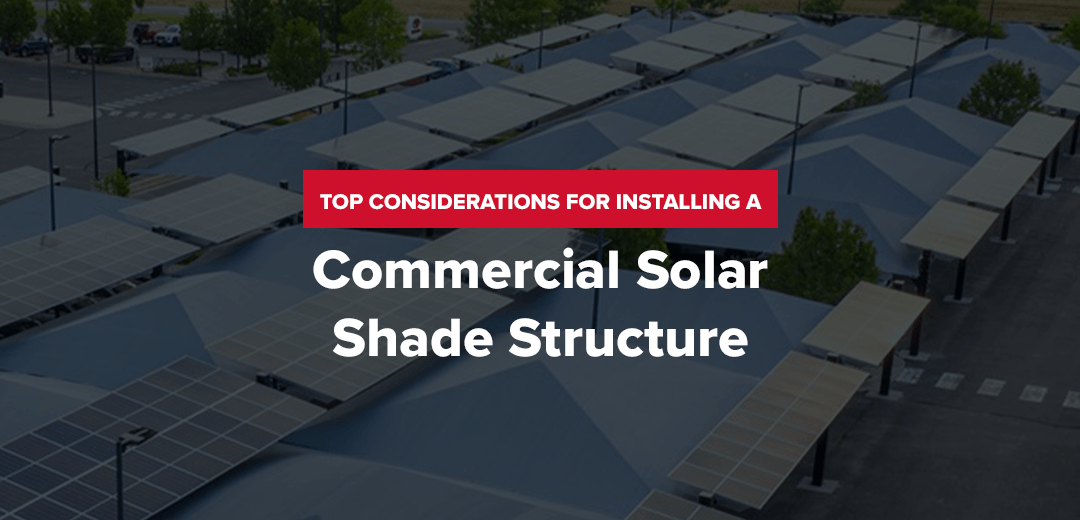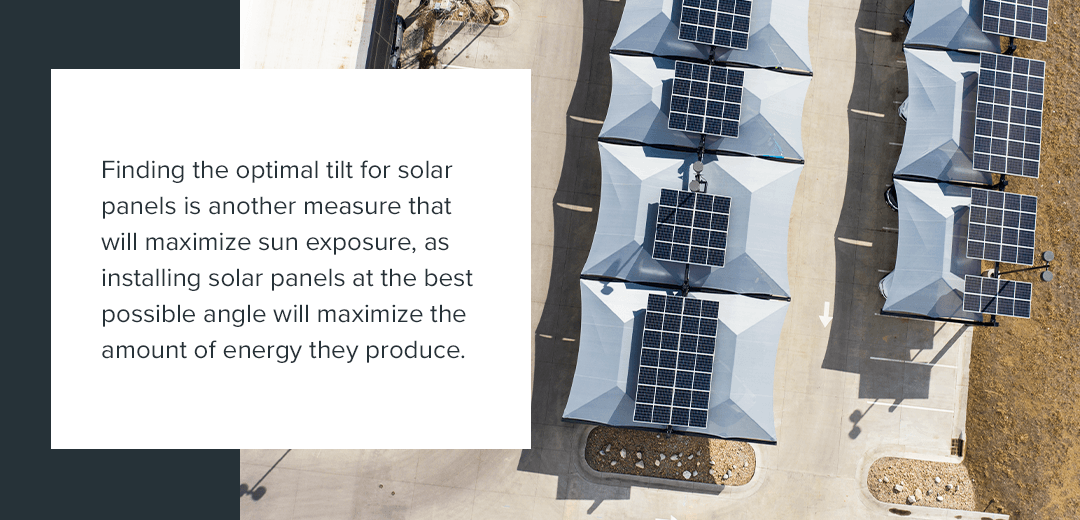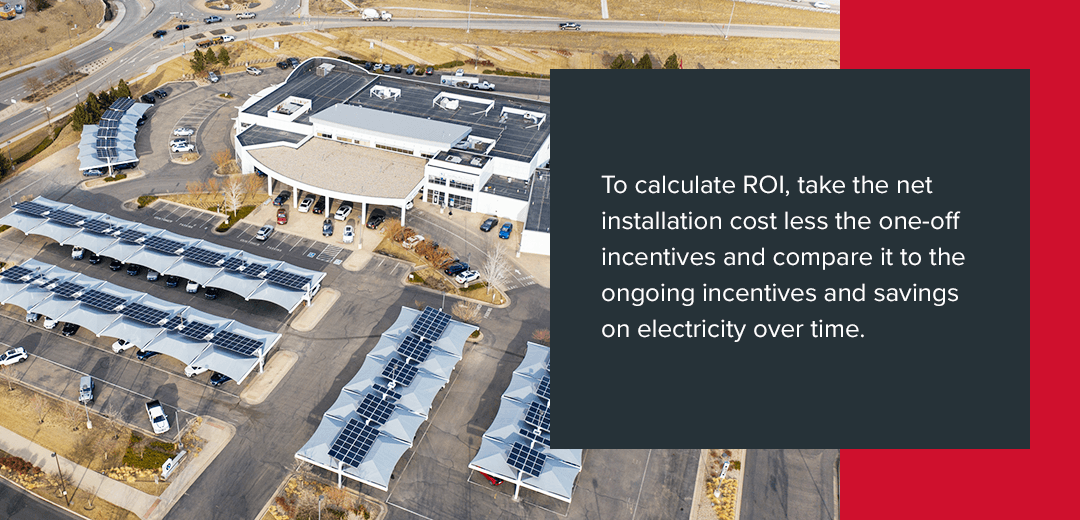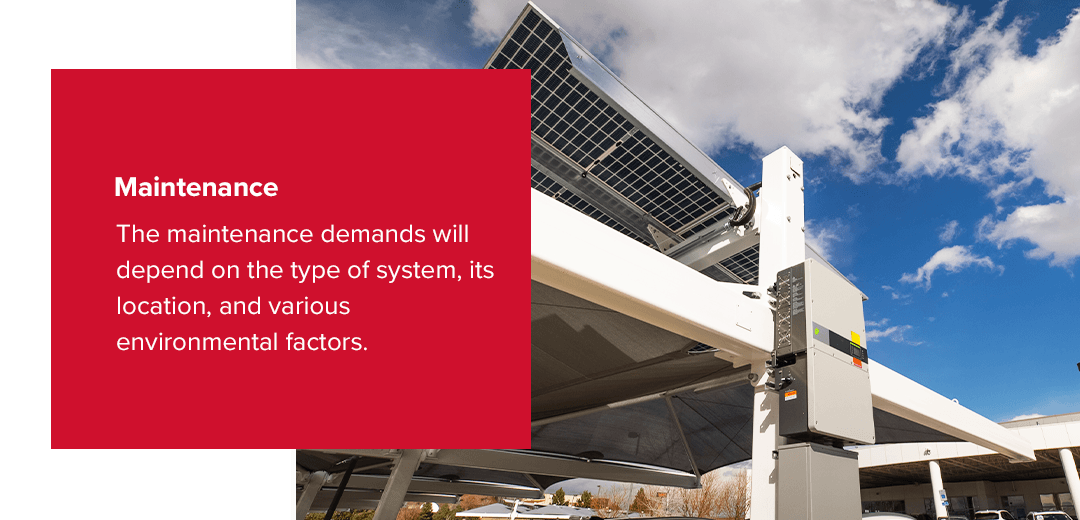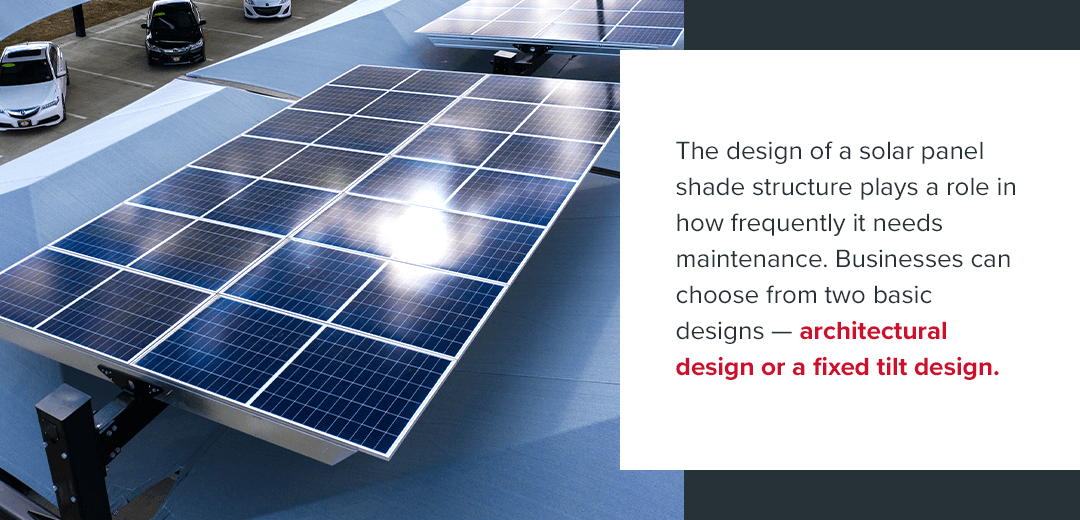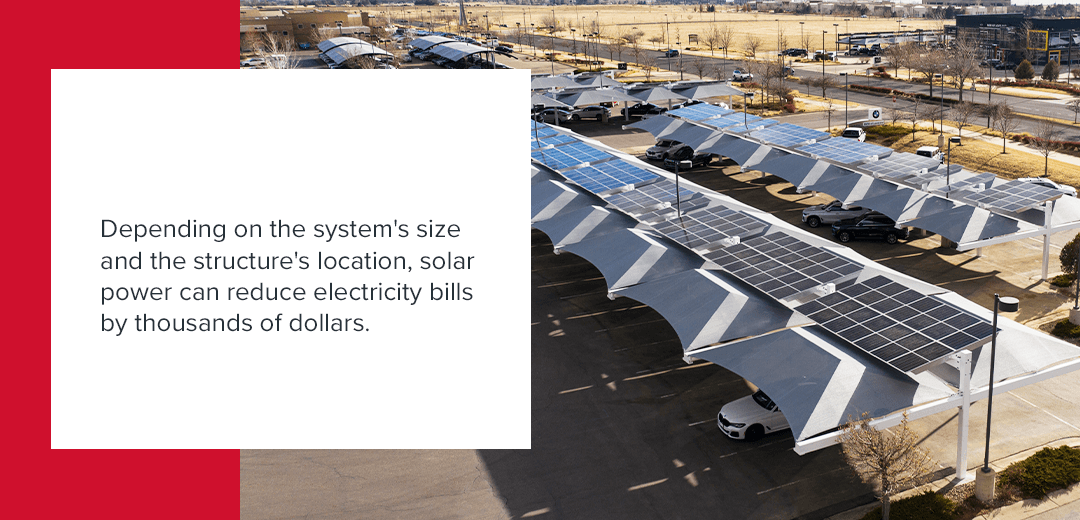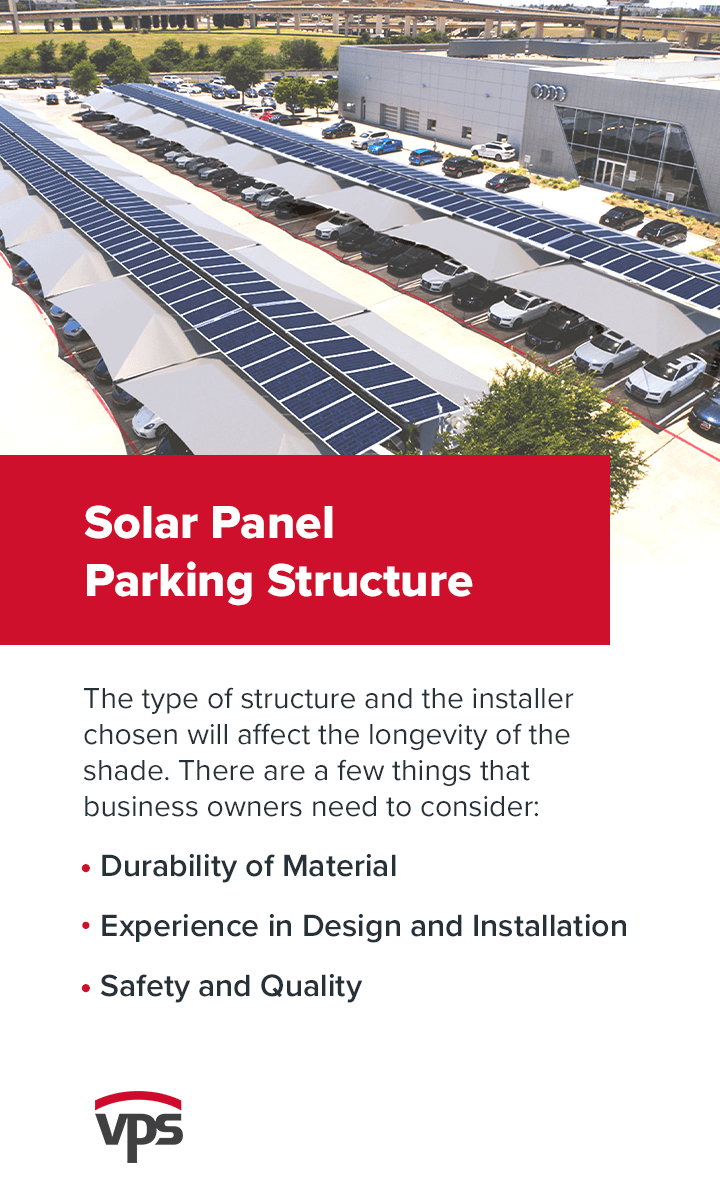More and more businesses are looking to commercial solar shade structures to generate energy. As electricity prices rise, solar panels provide corporations with an internal energy source that helps them save money over time. Local and state tax incentives are another draw for businesses that want to go green. Even without sufficient roof space, companies can leverage the benefits of solar power by installing solar parking structures that cover their parking area.
Parking areas are one of the best locations for solar shade structures because they are vast and open. A shade’s durable frame also provides shade and protects vehicles from the elements. Businesses can choose a design that optimizes energy production while providing vehicle coverage. Most solar parking shades are grid-connected, but some off-grid solutions are available.
Before installing a solar shade, property owners need to research their options. Several factors will affect the investment, including the business location, budget, incentives, design, and that particular solar shade structure’s maintenance requirements. An experienced installer can help decision-makers choose correctly.
1. Location
The sustainability of a business location and where the company installs the solar shade structure on the property are important in maximizing solar energy production. Facility owners must consider the following before installation:
GEOGRAPHICAL LOCATION
The business location will determine how much sun the property gets. A thorough site assessment and shade analysis are essential to assess the feasibility of installing a solar shade structure on the property. When business owners understand their site and know how much sun their property receives during the day and year, they can choose a solution that optimizes energy production. It’s important to consider the local weather patterns and how much sunlight the area receives versus how many cloudy days there are in a year.
Before installing a solar shade structure, businesses also need to include governing agencies early on in the process. Following this process will ensure the installation meets the necessary permit requirements and reduce the likelihood of the company having to make costly, time-consuming adjustments later on.
